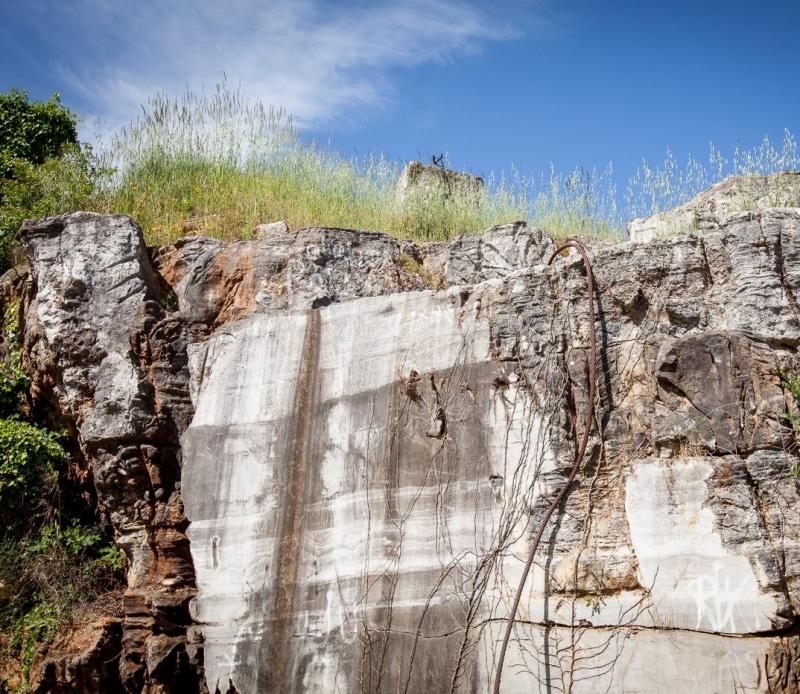Geological Park Fantazija Monfiorenzo
Removed from Unnamed collection





Source: Angie Bell (Skip the Line Travel) Images may be subject to copyright. Learn More
Nestled near the road from Rovinj to Pula, just 2 kilometers from the heart of Rovinj, lies the enchanting Quarry Fantasia in Monfiorenzo. This geological park is a marvel of nature, celebrated for its stunning beauty and scientific significance. Experts from around the globe hail it as one of the world's most important natural monuments, especially when it comes to understanding karst phenomena. Imagine the limestone formations here as pages in an ancient book, narrating the epic tale of Earth's evolving crust.
The layers of the quarry hold secrets of ancient times, showcasing fossilized meadows of seaweed that, over the past 130 million years, mingled with limestone silt and were swept ashore by powerful currents. For those who take the time to observe closely, the Quarry Fantasia offers an intriguing sight: an intricate network of furrows made from black and white dolomite layers. These patterns tell the story of how silt, compressed into the sediment, cracked and dried over millennia.
Beneath the waves, the lower sections of these stone layers formed, while the upper parts emerged, shaped by the relentless push and pull of high tides. This unique geological display is a testament to the dynamic forces of nature. Rovinj itself is a charming coastal town, known for its picturesque old town and vibrant cultural scene. When you visit, don't miss the chance to explore the cobblestone streets, enjoy the local cuisine, and soak in the stunning Adriatic views. The Quarry Fantasia is just one of the many gems waiting to be discovered in this captivating region.
 Angie Bell (Skip the Line Travel)
Angie Bell (Skip the Line Travel)  Croatia
Croatia